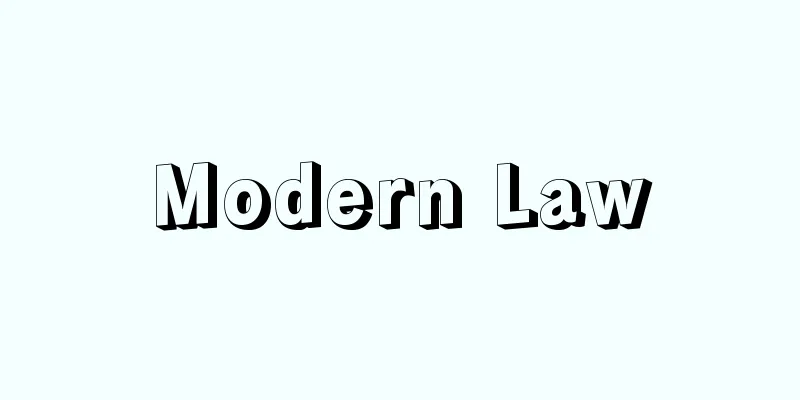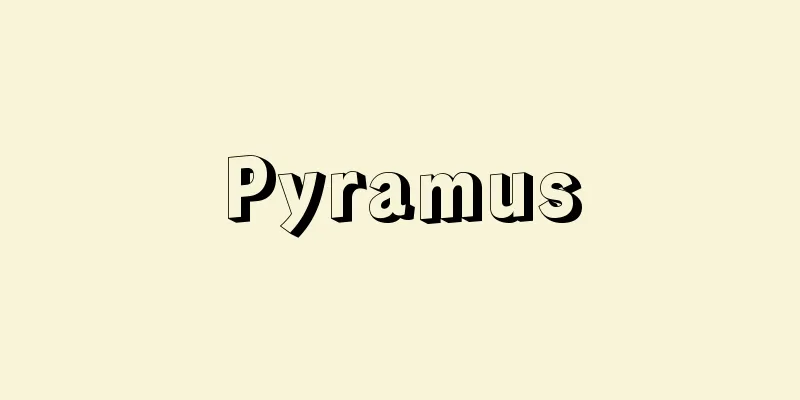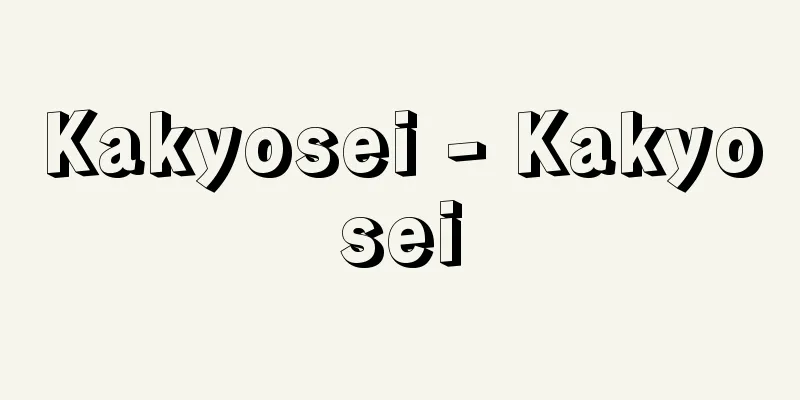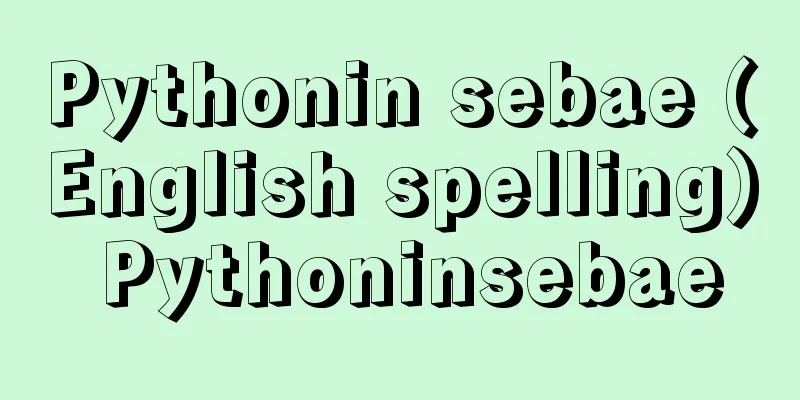Emulsifying agent

|
Emulsification occurs when one of two immiscible liquids, such as water and oil, disperses in the other liquid as droplets with a diameter of about 0.1 to 10 micrometers. Emulsification can be stabilized for long periods of time by using an emulsifier. An emulsified liquid is called an emulsion or emulsion (nowadays it is often called an emulsion). When the dispersed phase of an emulsion is oil and the continuous phase is water, it is called an oil-in-water type (o/w type), and when the dispersed phase is water and the continuous phase is oil, it is called a water-in-oil type (w/o type). The emulsifier has the greatest influence on the type of emulsion. Emulsifiers are required to have appropriate affinity for both oil and water. Many surfactants meet this requirement and are used as emulsifiers. To create a stable emulsion, the hydrophilic-lipophilic balance (HLB) of the surfactant used as an emulsifier is an important indicator. According to WC Griffin, this is a scale ranging from 0 to 20, and as the value increases, the lipophilicity decreases and the hydrophilicity increases. Each emulsifier is given a unique HLB value based on experiments. When emulsifying a certain oil, if an emulsifier with a low HLB value is used, a w/o emulsion will be produced, and conversely, if an emulsifier with a high HLB value is used, an o/w emulsion will be produced. Emulsifiers are closely related to our daily lives. For example, in the production of plastic raw materials such as polyvinyl chloride, or synthetic rubber raw materials such as styrene-butadiene copolymer, emulsifiers are used to emulsify the starting materials and allow polymerization reactions to take place. Additionally, cosmetics such as vanishing cream and cold cream are both emulsions made using emulsifiers. In the food industry, margarine is a w/o type emulsion, and mayonnaise is an o/w type emulsion, both of which use emulsifiers. Asphalt emulsions used in road construction are made by adding a cationic surfactant as an emulsifier to asphalt. [Shigeo Hayano] "Fumio Kitahara, Yasukatsu Tamai, Shigeo Hayano, and Ichiro Hara (eds.), Surfactants: Properties, Applications, and Chemical Ecology (Kodansha, 1979)" [Reference] | | |Source: Shogakukan Encyclopedia Nipponica About Encyclopedia Nipponica Information | Legend |
|
水と油のように、互いに相混ざらない2種の液の一方が、他方の液中に、直径約0.1~10マイクロメートルの大きさの小滴となって分散することを乳化という。乳化は乳化剤を用いることにより長時間安定化できる。乳化した液は乳濁液あるいはエマルジョンとよばれる(最近ではエマルションということが多い)。乳濁液の分散相が油で、連続相が水の場合を水中油滴型(o/w型)、分散相が水で連続相が油の場合を油中水滴型(w/o型)という。乳濁液がどの型になるかということに、もっとも影響を及ぼすものは乳化剤である。 乳化剤には、油と水に対してそれぞれ適当な親和性をもつことが要求される。界面活性剤の多くは、この条件を備えているので乳化剤として用いられる。安定な乳濁液をつくるには、乳化剤として用いられる界面活性剤の親水性と親油性のつり合いHLB(親水性親油性バランス)が重要な目安になる。グリフィンW. C. Griffinによると、これには0から20までの数値が目盛られ、値が高くなるにつれて親油性が減少し、反対に親水性が増加する。それぞれの乳化剤には実験に基づいて固有のHLBが与えられる。一定の油を乳化するときに、HLBの値が低い乳化剤を用いるとw/o型の乳濁液が生成し、反対にHLBの値が高い乳化剤を用いるとo/w型の乳濁液が生成する。 乳化剤は日常生活と関係が深い。たとえばポリ塩化ビニルのようなプラスチック原料、あるいはスチレン‐ブタジエン共重合体のような合成ゴム原料の製造には、乳化剤を用いて出発物質を乳化状態として重合反応を行わせる。また、バニシングクリームやコールドクリームのような化粧品は、いずれも乳化剤を用いて製造した乳濁液である。食品の分野では、マーガリンはw/o型、マヨネーズはo/w型の乳濁液であり、いずれも乳化剤が用いられている。道路工事に使用されるアスファルトエマルジョンは、アスファルトに、乳化剤として陽イオン界面活性剤を加えてつくられたものである。 [早野茂夫] 『北原文雄・玉井康勝・早野茂夫・原一郎編『界面活性剤――物性・応用・化学生態学』(1979・講談社)』 [参照項目] | | |出典 小学館 日本大百科全書(ニッポニカ)日本大百科全書(ニッポニカ)について 情報 | 凡例 |
Recommend
Marlinskii, AA (English spelling) MarlinskiiAA
…Russian writer and critic. Pen name Marlinskii. ...
Self-assessment - self-assessment
A method in which taxpayers pay taxes based on ta...
Anabantidae
...They live in shallow rocky areas and have the ...
Noganmodoki (English spelling) series
A general term for birds belonging to the family ...
Foot and leg soup - Foot and leg soup
…Pork is sold in chunks with the skin on, and the...
Qin Hui - Shinkai
A politician from the Song dynasty, China. His co...
Polish - Polandogo
It is a language belonging to the Slavic branch o...
Chalgrin, JF
…After the victory at Austerlitz, Napoleon concei...
Dvorovyi
...When moving into a new house, it was necessary...
Sparkling Eboshi - Sparkling Eboshi
...Depending on the way it was applied, it was ca...
Okumumeo - Okumumeo
Social activist. Born in Fukui Prefecture. Real n...
Sanjo Sanetsumu
A nobleman in the late Edo period. Born in Kyoto ...
SEALPA
…In order to develop their domestic lumber indust...
Six schools of philosophy
A general term for the six major philosophical sy...
detritus
...Of course, there are many organisms that fall ...









